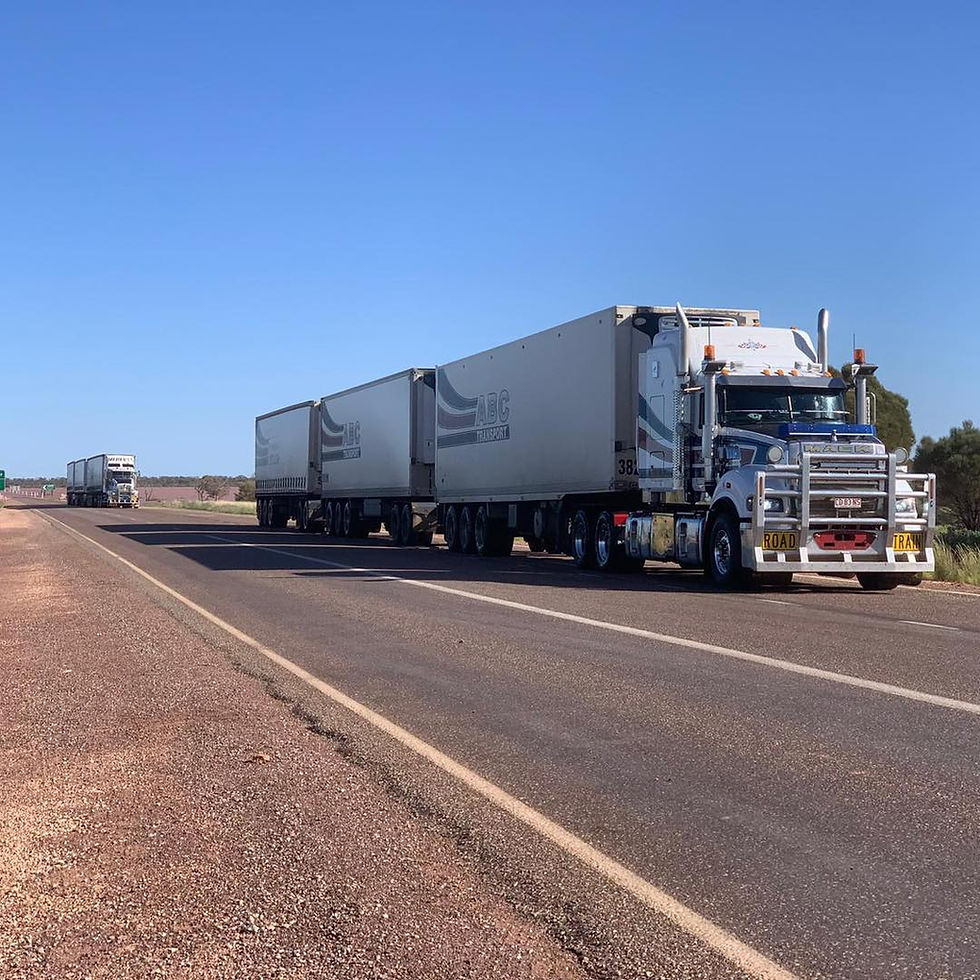The true cost of getting to net zero emissions
- John McDonnell
- Nov 1, 2021
- 3 min read

On Insiders on Sunday, host David Speers repeatedly asked energy minister, Angus Taylor, how much it would cost to achieve zero emissions by 2050.
Speers had a simplistic view of cost, based on just the identified budget costs. Taylor responded in kind, stating that the cost to taxpayers, identified in the budget would be $20 billion over the next ten years. He said the government had not estimated the cost beyond 2030.
However, Taylor hinted that this would not be the total cost, because the government expenditure would generate many multiples of private sector investment. Of course, in the end, the costs of this private investment will be met by citizens as consumers. The hope is that the economic growth generated by the investment will increase per capita incomes by more than the per capita cost of the investment.
This depends on the type of investment that is made. If the investment is made in low technology emission reduction devices, such as wind backed up by pumped hydro, then the amount of technology abated per dollar of investment is likely to be low and the productivity outcomes meagre. On the other side of the equation, the cost of buying the carbon abatement will be high (as revealed by the ever-increasing cost of Snowy Hydro 2.0). This is true of the current models of carbon abatement, such as that adopted in NSW which is based on green hydrogen.
In the United Kingdom, the Treasury has estimated that achieving zero emissions by 2050 will require a 20 per cent increase in taxes and a reduction in per capita real incomes of 11 per cent over the next 30 years.
In an article in the Weekend Australian, Bjorn Lomborg pointed out the cost for the US of implementing Joe Biden’s zero-emissions plan.
“In a bid to showcase climate leadership ahead of the upcoming UN Climate Summit in Glasgow (COP26), President Joe Biden has set the goal of creating “a carbon pollution-free power sector by 2035 and net-zero emissions economy by no later than 2050.” But that target will be prohibitively expensive.
"A new Nature study shows the cost of 95 percent reduction by 2050 — almost within reach of Biden’s net-zero — would cost 11.9 percent of GDP or more than $11,000 dollars for each American every year.”
As Lomborg points out, the real challenge with the current approach to climate policy is that as long as cutting emissions is expensive, leaders will talk a lot but do little. What is needed is a much stronger focus on green energy research.
At the moment there are two approaches to emissions reduction in Australia.
One approach is exemplified by the federal government, which is putting money (but not enough) into research and development and subsidising investment in the hope that this will bring on new technologies that will produce low-cost abatement with high productivity yields.
An alternative approach is exemplified by the NSW government, which has set hard targets and picked technologies, such as green hydrogen, to achieve them. This emulates the Biden model.
The likelihood is that the NSW model will prove to be extremely expensive and the state government will turn to the federal government to pick up the tab.
Another feature of the Australian model is business' support for ambitious emission reduction targets and the demand for investor certainty. This inevitably amounts to a call for greater subsidies to business to encourage them to make investments in low emission technology. Inevitably, these companies end up making above-normal profits out of hapless consumers and taxpayers.
The extra profits are known as rents and the companies are described as rent seekers.
Big business in Australia has a long tradition of rent-seeking.






Comments